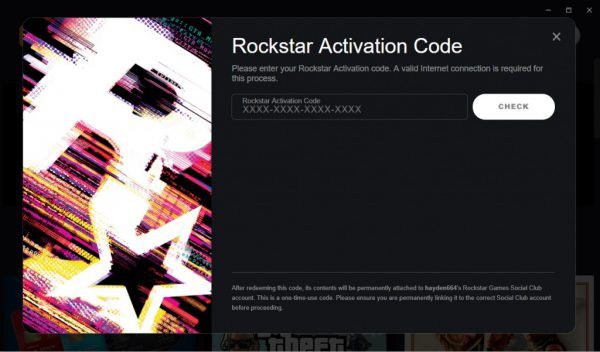

People who make black MIDIs are known as blackers.
- a music genre consisting of compositions that use MIDI files to create a song remix containing a large number of notes, typically in the thousands, millions, billions, or even trillions. MIDI's Creator Finally Steps Into the Spotlight - Dave Smith. in a few kilobytes), ease of modification and manipulation and choice of instruments. This data can also be recorded into a hardware or software device called a sequencer, which can be used to edit the data and to play it back at a later time 4 Advantages of MIDI include compactness (an entire song can be coded in a few hundred lines, i.e. These messages are sent via a MIDI cable to other devices where they control sound generation and other features. MIDI carries event messages that specify notation, pitch and velocity, control signals for parameters such as volume, vibrato, audio panning, cues, and clock signals that set and synchronize tempo between multiple devices. A single MIDI link can carry up to sixteen channels of information, each of which can be routed to a separate device. - short for Musical Instrument Digital Interface) is a technical standard that describes a protocol, digital interface and connectors and allows a wide variety of electronic musical instruments, computers and other related devices to connect and communicate with one another. See also Tracker#MIDI trackers, Sequencers, DAW etc. 19.2 Euclidean / Music Pattern Generator. Next = Math.floor(Math.random() * sounds. set event handlers on all audio objectsĭocument.getElementById(current + '').classList.remove('playing') ĭocument.getElementById(current + '').classList.remove('paused') ĭocument.getElementById(current + '').classList.add('playing') ĭocument.getElementById(current + '').classList.add('paused') 

The remainder of the array from FFTW contains frequencies above 10-15 kHz.Īgain, I understand this is probably working as designed, but I still need a way to get more resolution in the bottom and mids so I can separate the frequencies better. However, since FFTW works linearly, with a 256 element or 1024 element array only about 10% of the return array actually holds values up to about 5 kHz. These should be somewhat evenly distributed throughout the spectrum when interpreting them logarithmically.

I am also applying a Hann function to each chunk of data to smooth out the window boundaries.įor example, I test using a mono audio file that plays tones at 120, 440, 1000, 5000, 1500 Hz. I have tried with window sizes of 256 up to 1024 bytes, and while the larger windows give more resolution in the low/mid range, it's still not that much. But with so little allocation to low/mid frequencies, I'm not sure how I can separate things cleanly to show the frequency distribution graphically. I understand that audio is logarithmic, and the FFT works with linear data. Everything works, except the results from the FFT function only allocate a few array elements (bins) to the lower and mid frequencies. I run an FFT function on each buffer of PCM samples/frames fed to the audio hardware so I can see which frequencies are the most prevalent in the audio output. I am trying to build a graphical audio spectrum analyzer on Linux.








 0 kommentar(er)
0 kommentar(er)
